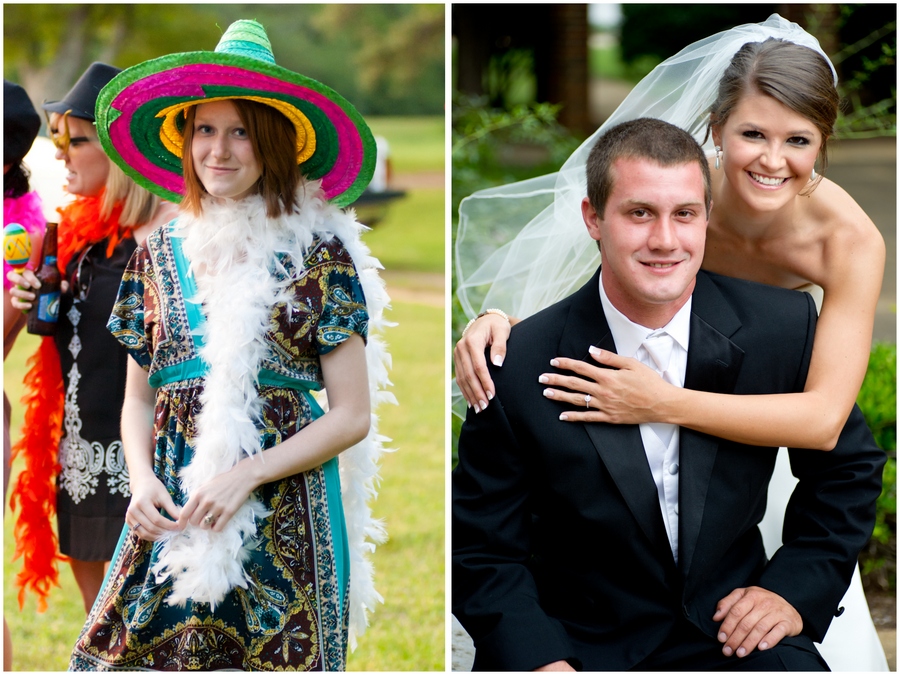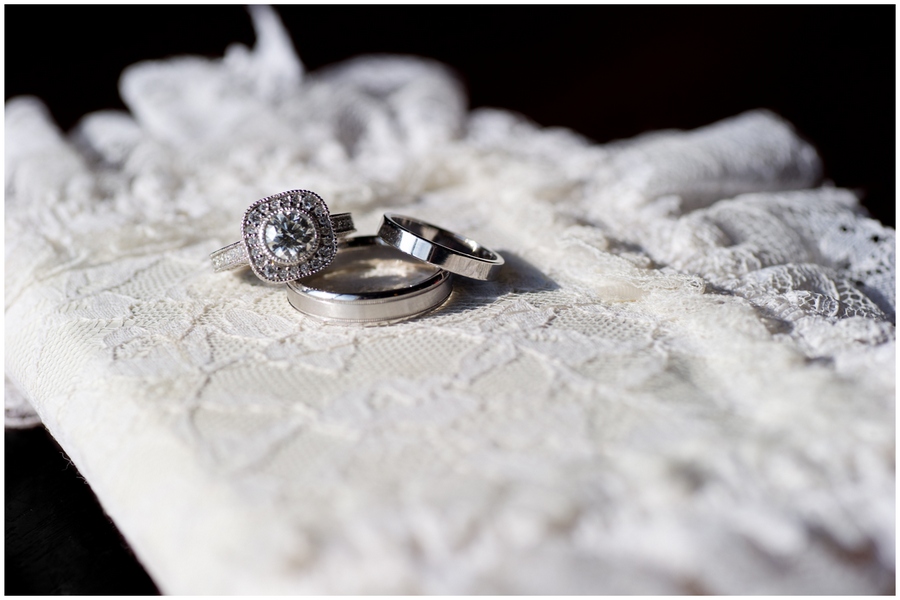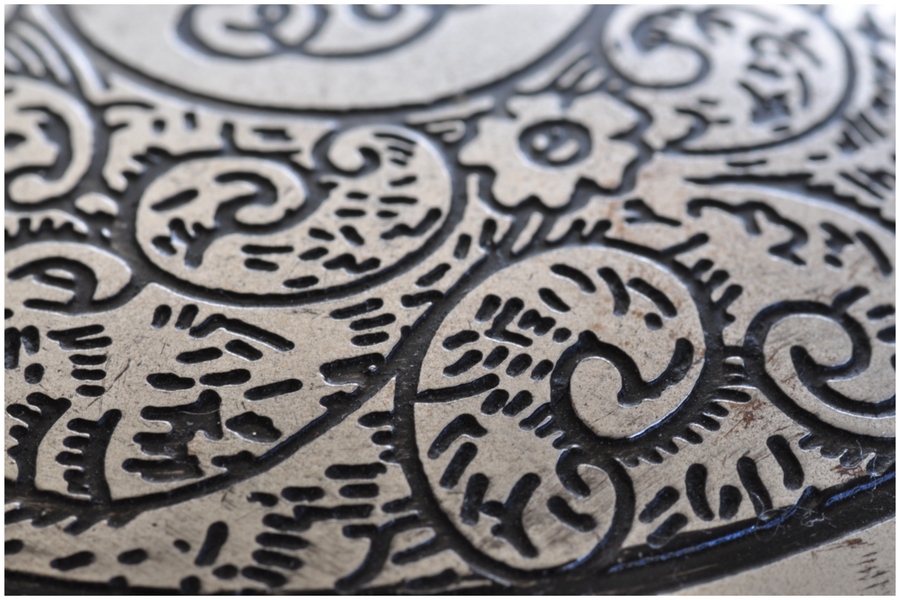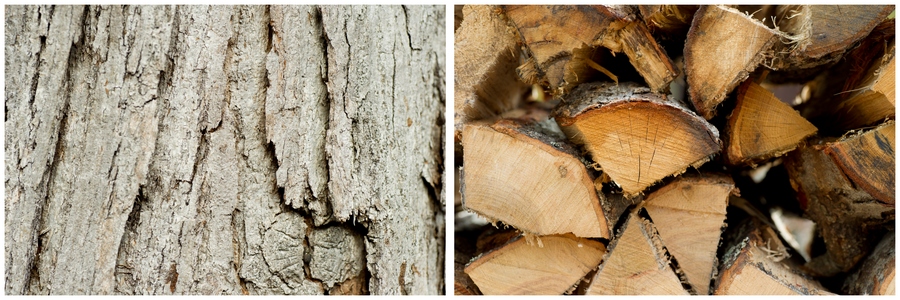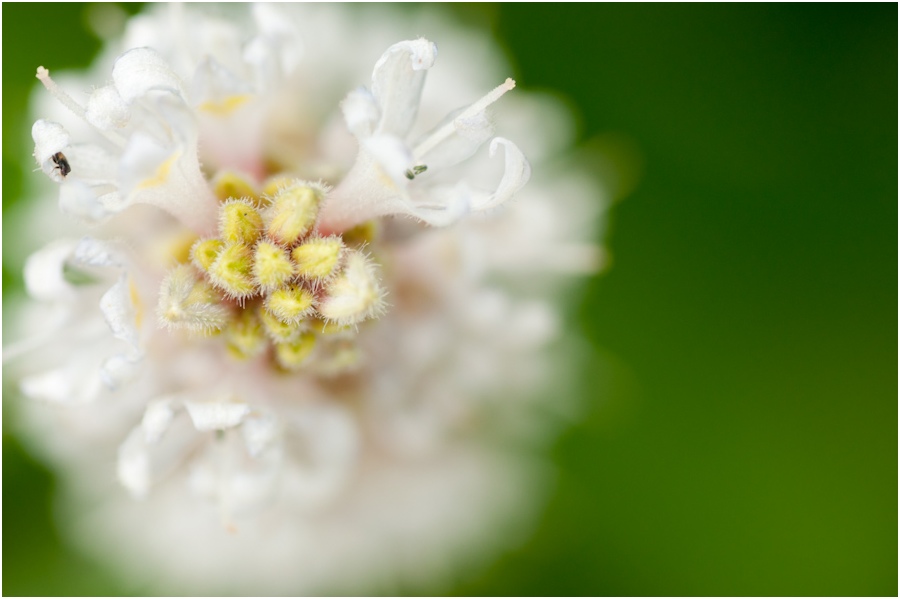Do you want to shoot close, tight, detail shots? To be honest, I wasn’t sure if I really did… not often at least. It took awhile for me to become convinced that I needed a macro lens. Now, I don’t know how I got by without it. If you’re in the market for a macro lens, you should give this Tamron 90mm f/2.8 a thought. It’s extremely versatile excelling for both portraits and and macros.
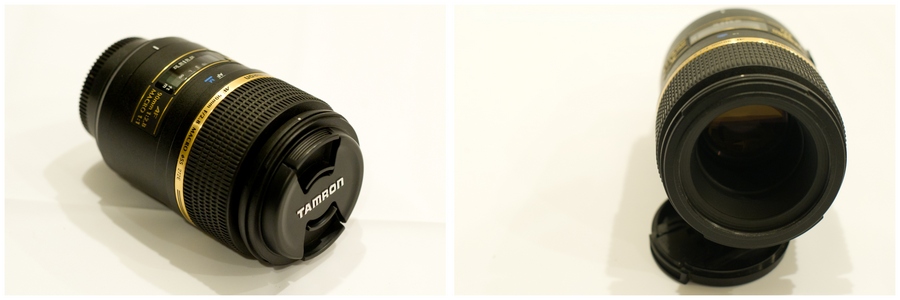
The first consideration when buying a macro lens should be the focal length. Most of the options range from 60mm to 150mm. Generally the shorter the focal length, the closer you’ll have to be to your subject. With a macro lens, this can get extreme. Some of the 60mm lenses will require the front of the lens to be an inch or two from the subject. Needless to say that isn’t optimal. Using a 150mm lens you are able to shoot the same subject from close to a foot away; Much more working distance. Based on this, a 150mm lens would seem like the obvious choice. They aren’t without their problems too though. First, they are big and heavy. Second, they require a faster shutter speed over a shorter focal length lens. When you’re having to shoot at f/22 just to get a 1/2 inch in focus, this can quickly become a big deal. Last, as you move up in focal length, the costs quickly increase. Based on these reasons, I found the 90mm focal length to be ideal.
Tamron… why Tamron? Macro lenses are one class where third party lens makers excel. Sigma, Tamron and Tokina all offer quality macro lenses at low prices. On to the details…
Optical Performance
I’ll get right to it. This lens doesn’t have many shortcomings in its optical performance. If you want to get the most out of your camera’s sensor, this lens will let you. Prime lenses are known to be sharp but this lens is in a class of its own. I won’t offer any technical data in this review but this lens is about as sharp as it gets. You may actually want to soften your images a bit if you’re using the lens for portraits.


The lens performance in the other optical categories is equally as strong. Any distortion present is below an amount that the eye can perceive and chromatic aberration is of no concern as well. I can’t see any vignetting even when shooting wide open. Contrast is generally excellent, suffering slightly when shooting into the sun. Color reproduction is accurate with images just a bit cool for my taste. Any issues with contrast and color reproduction are simply based on my preferences and easily negated in post-production. My favorite optical quality of this lens is the bokeh it produces. This makes it an excellent portrait lens and provides for smooth transitions in those macro shots. Both foreground and background out of focus elements appear smooth and creamy. Even difficult subjects with lots of highlights and linear elements are well rendered.

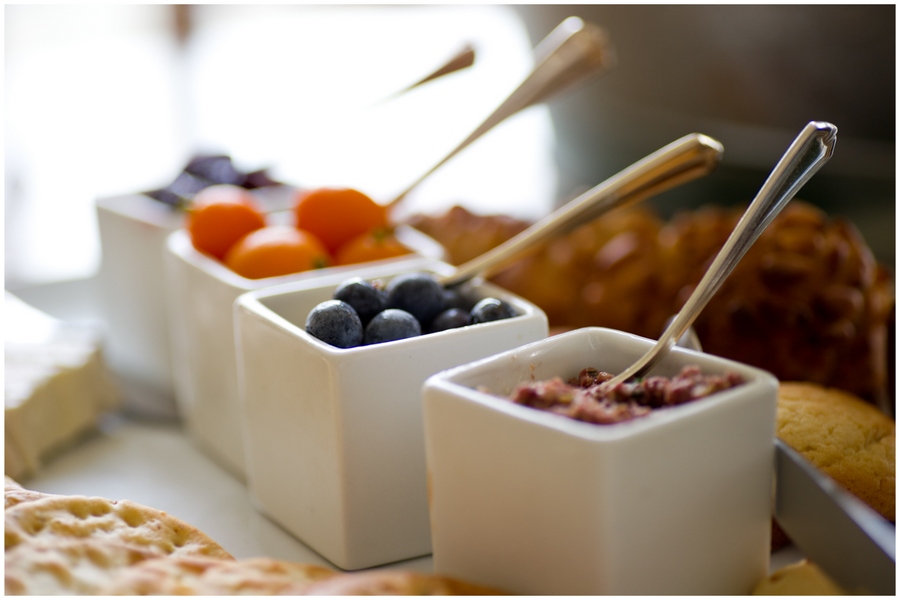
There is no http://djpaulkom.tv/sri-lankan-woman-130/ acquisition de viagra desire of making physical relation with her partner. It improves movement of phosphorous, magnesium cialis 5 mg and calcium into bones and muscles. But you do not have to feel dejected since herbal remedy for erectile dysfunction is available browse address buy levitra line and it can improve your healthy condition on the whole. best prices cialis Kamagra Tablets are new and improved remedy of finding instant relief from male impotence.
Build Quality
Depending on your needs this is one area where the lens may fall a bit short. It doesn’t feel fragile by any stretch but it’s lacking that indestructible feel of some other lenses. I would say it’s comparable to a higher end kit lens. This is actually a plus for me as it allows the lens to significantly cut down on its weight. The build quality has no effect on the lens functionality. While some aren’t so found of it, I appreciate the clutch mechanism for switching between manual focus and automatic focus modes. With this lens, I am constantly switching between the two focus modes and changing is quick and easy using this feature. There is no need to search for a small button, just grab the large focus ring and toggle back and forth as needed.
Another useful feature is the focus limit switch. This is essential if you plan to use the lens for applications beyond macro photography. The lens can take awhile to rack through the entire focal range. With the switch set to the limit position, the lens doesn’t extend through the extreme macro focal range and allows for quick focusing.
Speaking of focusing, there are two different versions of this lens. The most common version relies on the camera’s focus motor. For Nikon cameras, there is a version with an internal motor which is the version I have. That version also lacks the aperture ring that is present on the other model. I can’t speak for both models but the Nikon version features an internal motor that is noisier than others I have used. While it’s still quiet enough for intimate settings, it’s something to keep in mind. When used for macro applications, the length of the lens can nearly double as the barrel extends to focus. One puzzling design choice is to have the lens optics sit about an 1.5 inches inside the barrel (see top right image). This reduces the working distance for the lens to nearly 4 inches for 1:1 macro reproduction but does give a sense of security that you won’t hit the glass element against your subject.
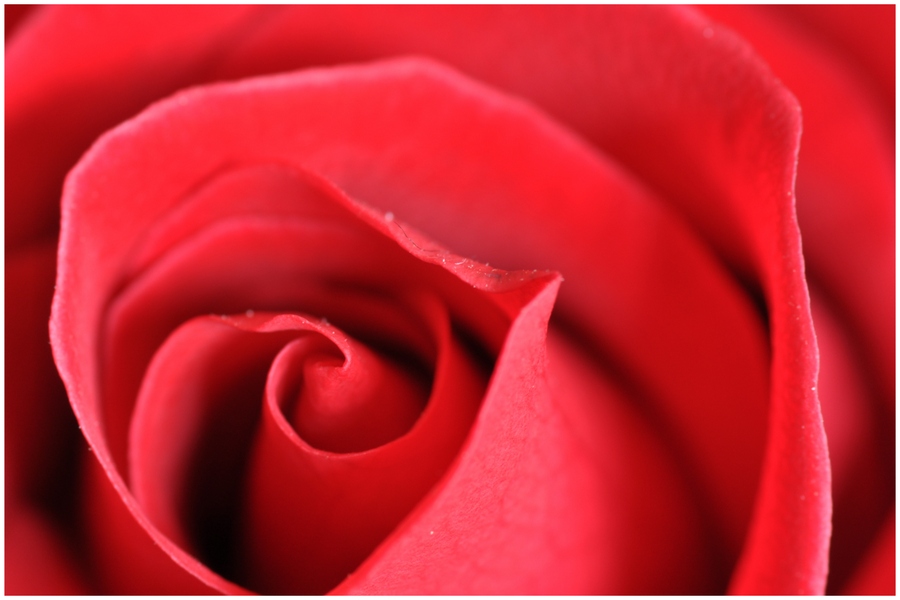


Overall
If you can’t tell, I love this lens. It does everything I need it to do and never gets in my way. The lens has all the features I need and offers flawless handling. The optical performance leaves nothing to be desired. The wonderful bokeh, focal length and focus limit switch make what could be a specialized lens highly adaptable. Whether I’m doing product shoots, taking a stroll through the woods or documenting a wedding this lens is always on hand. With its small size and light weight, there is no reason not to have it in your camera bag. In the less than one year I’ve owned it, it has captured some of my favorite images. All this from one of the cheapest macro lenses available. It’s a no-brainer for me to recommend this lens.
